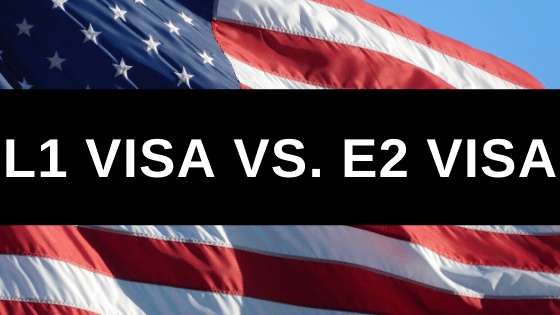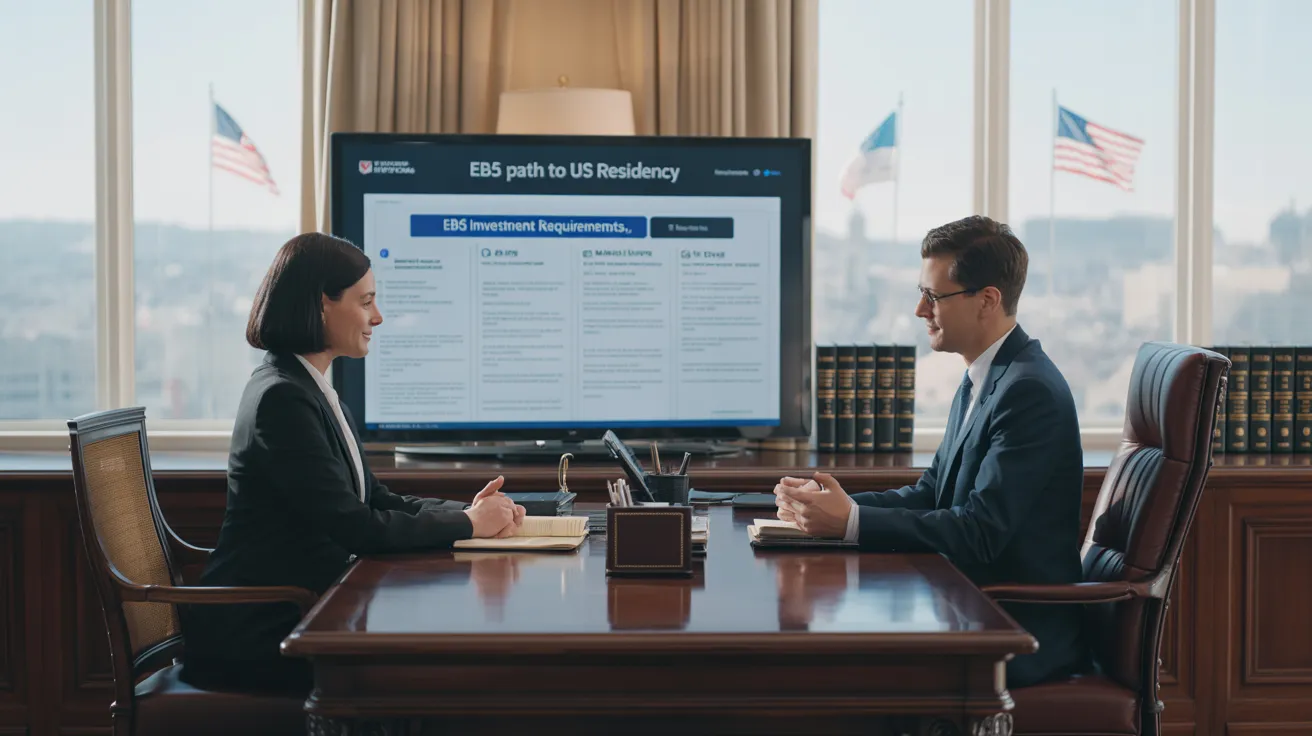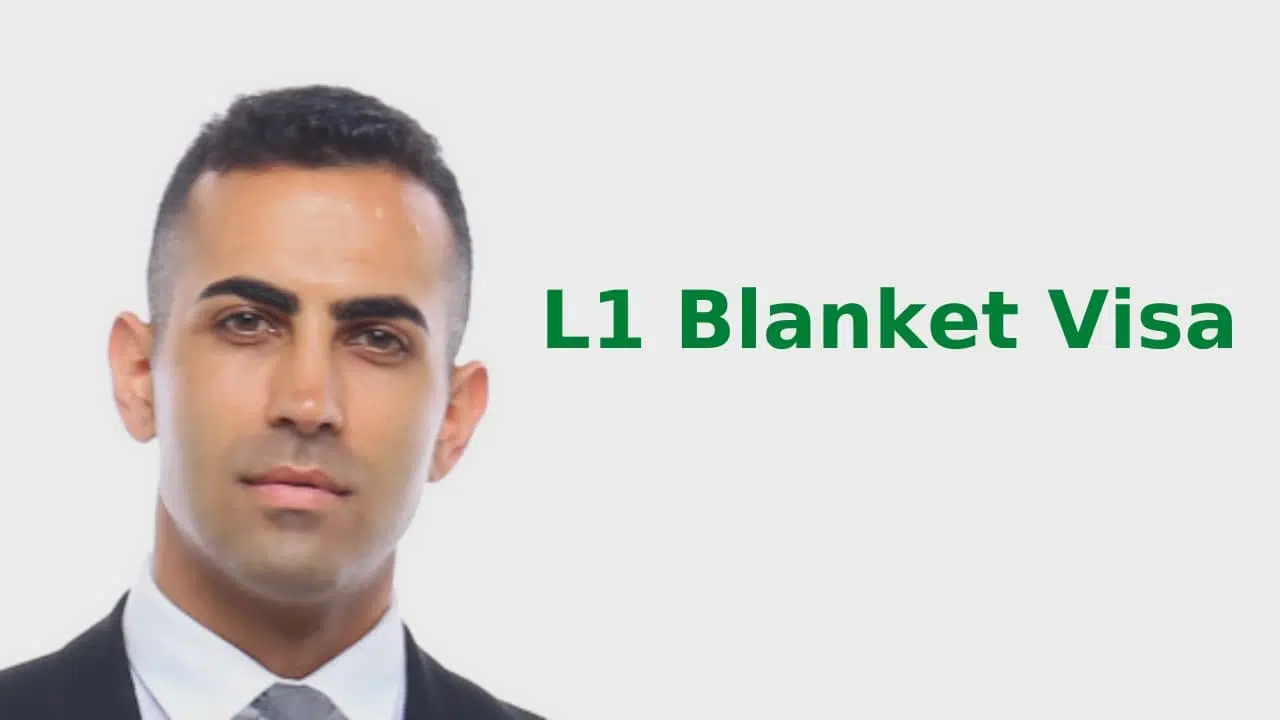Some Known Facts About L1 Visa.
Table of ContentsThe 2-Minute Rule for L1 VisaL1 Visa for DummiesLittle Known Facts About L1 Visa.The Main Principles Of L1 Visa 6 Simple Techniques For L1 VisaFacts About L1 Visa Uncovered
Offered from ProQuest Dissertations & Theses International; Social Scientific Research Premium Collection. (2074816399). (PDF). Congress. (PDF). DHS Workplace of the Examiner General. (PDF). (PDF). "Nonimmigrant Visa Data". Obtained 2023-03-26. Department of Homeland Security Workplace of the Inspector General, "Review of Susceptabilities and Possible Abuses of the L-1 Visa Program," "A Mainframe-Size Visa Technicality".
U.S. Division of State. Fetched 2023-02-08. Tamen, Joan Fleischer (August 10, 2013).
Excitement About L1 Visa
In order to be qualified for the L-1 visa, the foreign company abroad where the Recipient was employed and the U.S. business need to have a certifying partnership at the time of the transfer. The different types of certifying relationships are: 1. Parent-Subsidiary: The Moms and dad indicates a company, firm, or other lawful entity which has subsidiaries that it owns and controls."Subsidiary" suggests a firm, company, or various other lawful entity of which a parent has, straight or indirectly, more than 50% of the entity, OR possesses much less than 50% but has administration control of the entity.
Firm An owns 100% of the shares of Business B.Company A is the Parent and Firm B is a subsidiary. There is a qualifying relationship in between the two business and Business B ought to be able to fund the Recipient.
Example 2: Business A is incorporated in the U - L1 Visa.S. and intends to request the Beneficiary. Company B is included in Indonesia and utilizes the Recipient. Firm A possesses 40% of Company B. The remaining 60% is possessed and controlled by Company C, which has no relation to Firm A.Since Company A and B do not have a parent-subsidiary partnership, Business A can not fund the Beneficiary for L-1.
Example 3: Company A is integrated in the united state and desires to petition the Beneficiary. Business B is integrated in Indonesia and utilizes the Recipient. Business A has 40% of Business B. The staying 60% is possessed by Company C, which has no relation to Business A. Nevertheless, Firm A, by official contract, controls and full manages Firm B.Since Business A possesses much less than 50% of Company B but manages and controls the firm, there is a certifying parent-subsidiary partnership and Company A can sponsor the Beneficiary for L-1.
The smart Trick of L1 Visa That Nobody is Talking About
Associate: An associate is 1 of 2 subsidiaries thar are both had and managed by the exact same moms and dad or person, or owned and managed by the very same group of individuals, in essentially the exact same proportions. a. Instance 1: Firm A is incorporated in Ghana and uses the Recipient. Business B is included in the united state
Firm C, likewise incorporated in Ghana, possesses 100% of Firm A and 100% of Company B.Therefore, Company A and Business B are "affiliates" or sister companies and a certifying connection exists between both companies. Business B should be able to fund the Beneficiary. b. Instance 2: Firm A is included in the united state
Firm A is 60% had by Mrs. Smith, 20% possessed by Mr. Doe, and 20% owned by Ms. Brown. Business B is included in Colombia and currently employs the Beneficiary. Business explore your L1 Visa B is 65% owned by Mrs. Smith, 15% possessed by Mr. Doe, and 20% had by Ms. Brown. Company A and Company B are affiliates and have a qualifying connection in 2 various means: Mrs.
The L-1 visa is an employment-based visa category established by Congress in 1970, enabling multinational companies to move their supervisors, executives, or key employees to their united state procedures. It is generally described as the intracompany transferee visa. There are 2 primary kinds of L-1 visas: L-1A and L-1B. These types are appropriate for employees employed in different settings within a firm.

Additionally, the recipient needs to have worked in a managerial, exec, or specialized worker setting for one year within the 3 years coming before the L-1A application in the international company. For new workplace applications, foreign employment must have been in a supervisory or executive capability if the beneficiary is concerning the USA to function as a supervisor or exec.
L1 Visa for Beginners

If provided for an U.S. business operational for greater than one year, the L1 Visa process first L-1B visa is for up to three years and can be extended for an added two years (L1 Visa). On the other hand, if the united state business is newly established or has been operational for much less than one year, the preliminary L-1B visa is provided for one year, with expansions available in two-year increments
The L-1 visa is an employment-based visa category established by Congress in 1970, permitting multinational firms to move their supervisors, execs, or essential employees to their united state operations. It is typically described as the intracompany transferee visa. There are 2 main kinds of L-1 visas: L-1A and L-1B. These kinds are appropriate for employees employed in different settings within a firm.
Rumored Buzz on L1 Visa
Furthermore, the beneficiary should have functioned in a managerial, executive, find out more or specialized worker setting for one year within the 3 years preceding the L-1A application in the international company. For new office applications, international work must have remained in a managerial or executive ability if the recipient is concerning the USA to function as a manager or exec.
for approximately seven years to look after the procedures of the U.S. affiliate as an exec or manager. If released for a united state firm that has actually been functional for more than one year, the L-1A visa is originally approved for as much as three years and can be extended in two-year increments.
If provided for an U.S. business operational for more than one year, the preliminary L-1B visa is for up to 3 years and can be prolonged for an added two years. On the other hand, if the U.S. company is recently established or has actually been functional for less than one year, the first L-1B visa is issued for one year, with expansions offered in two-year increments.